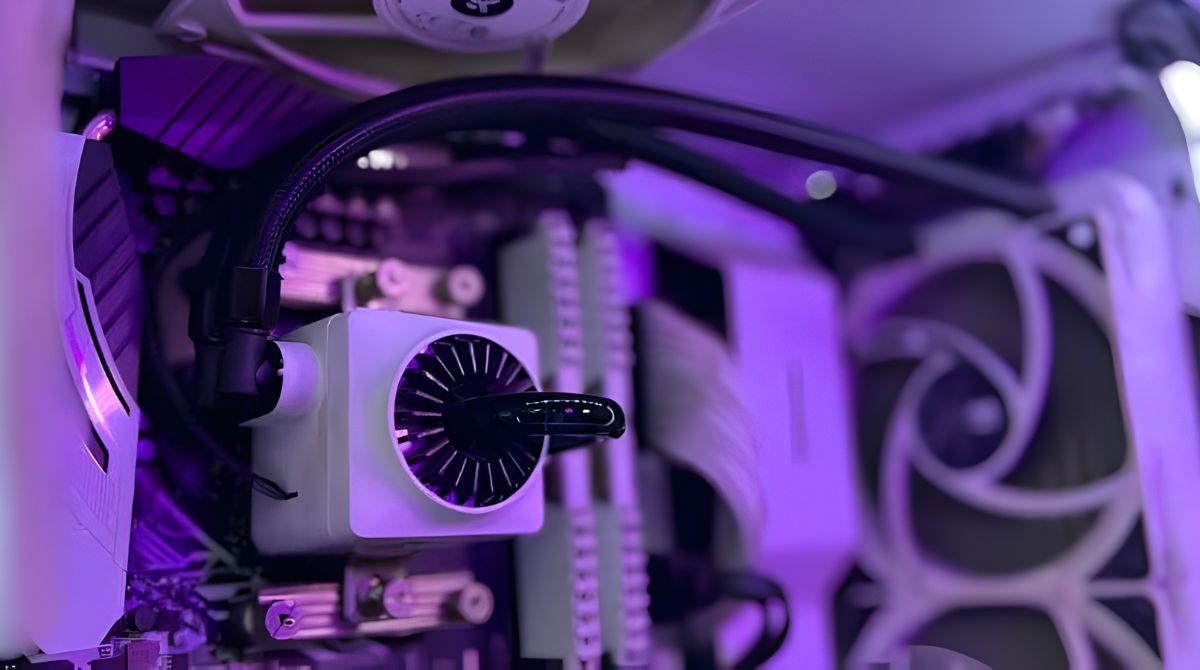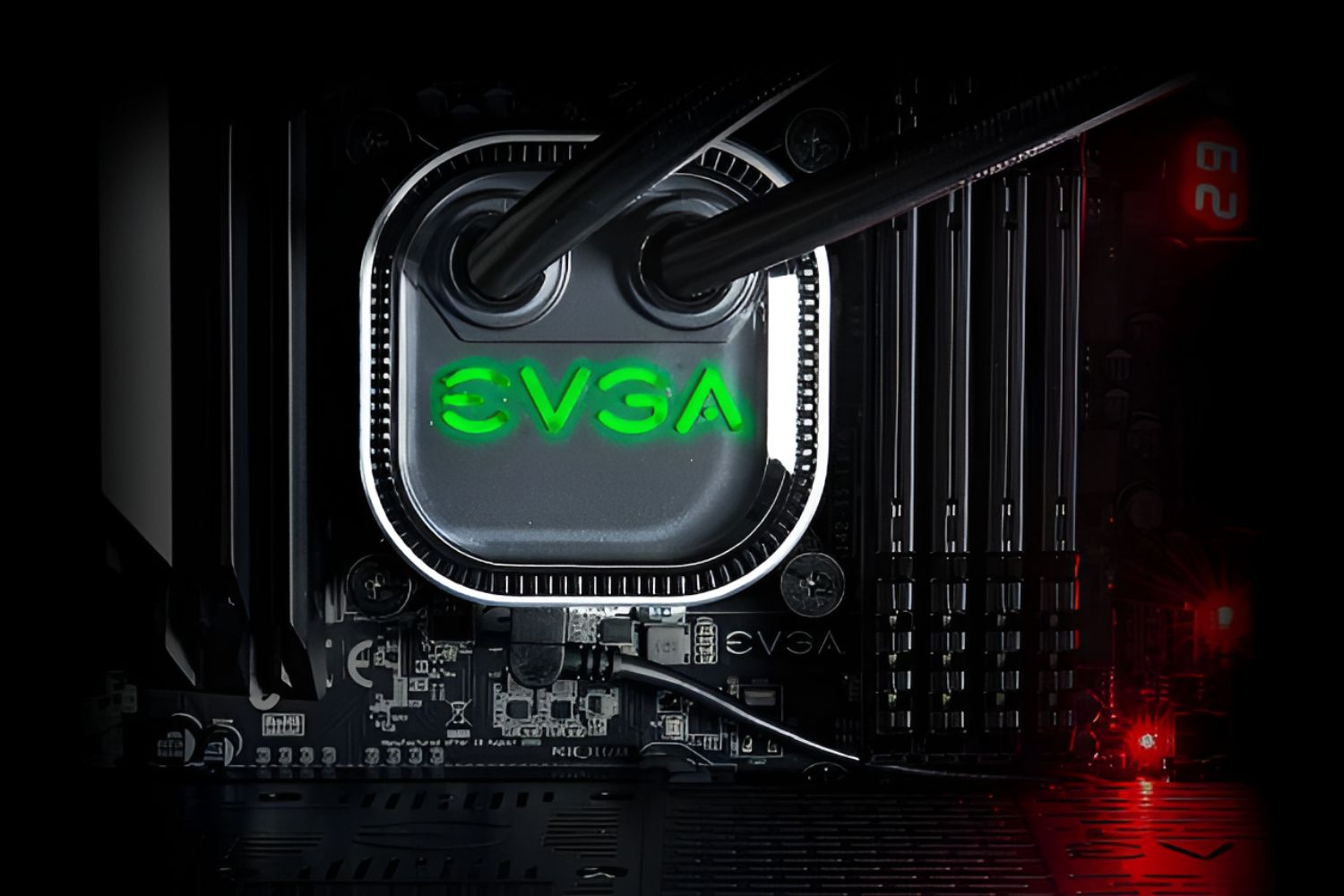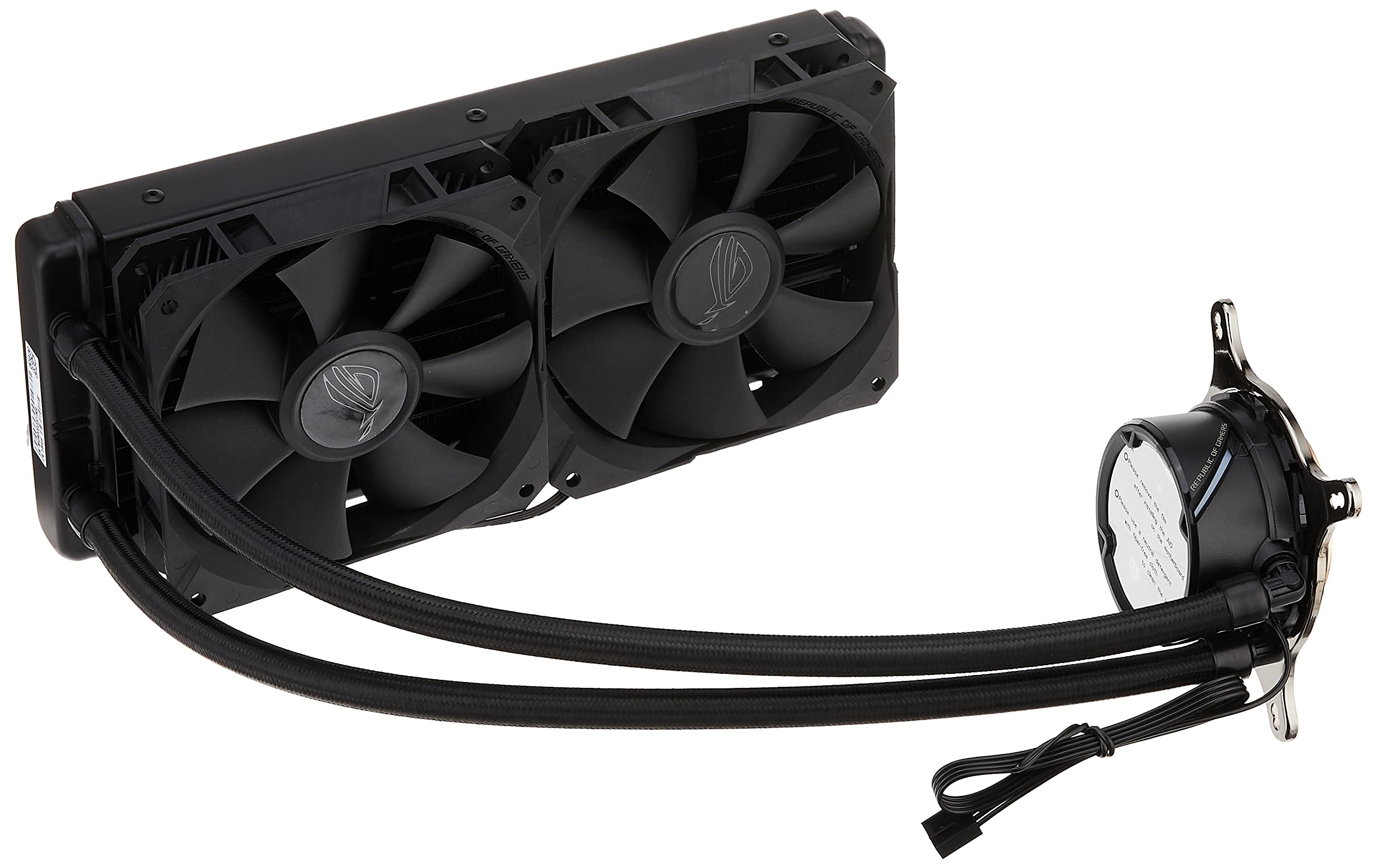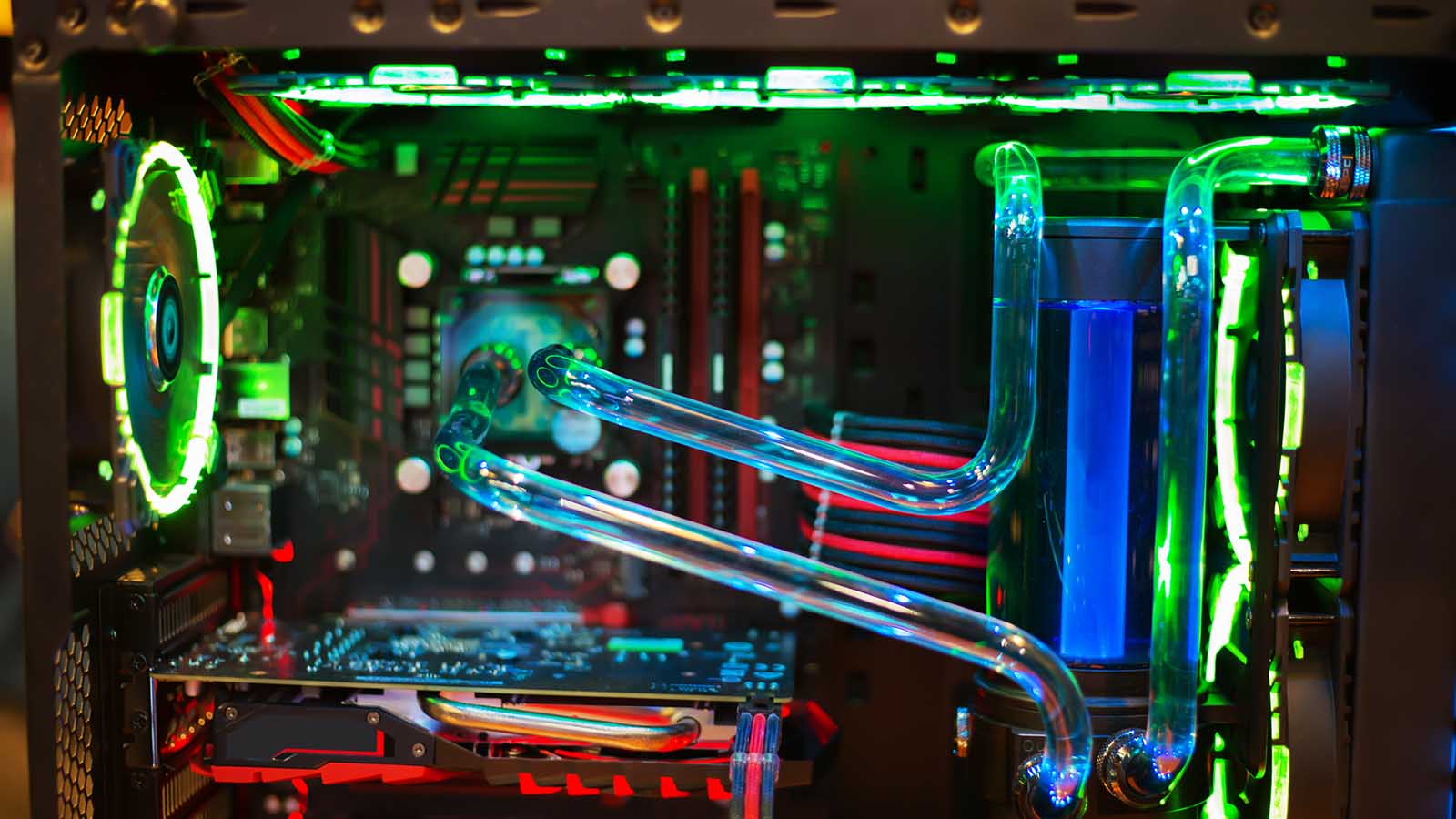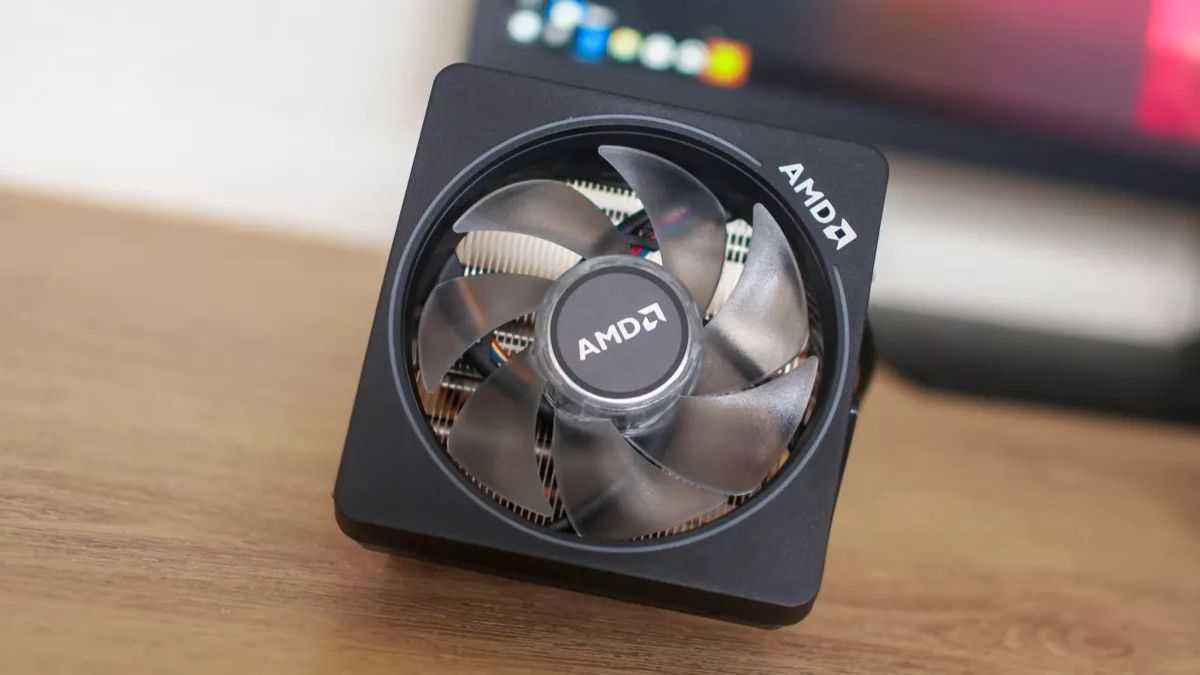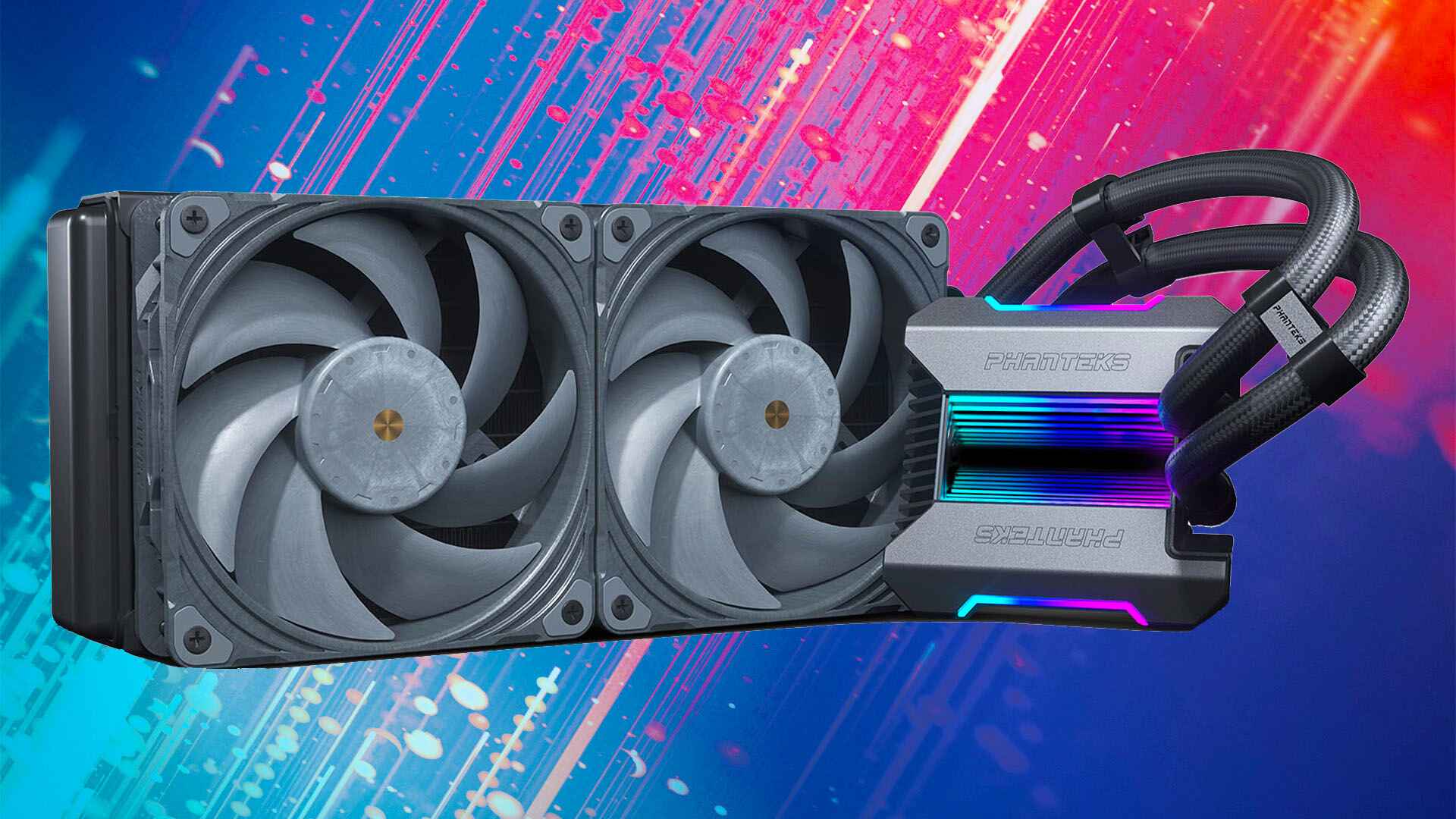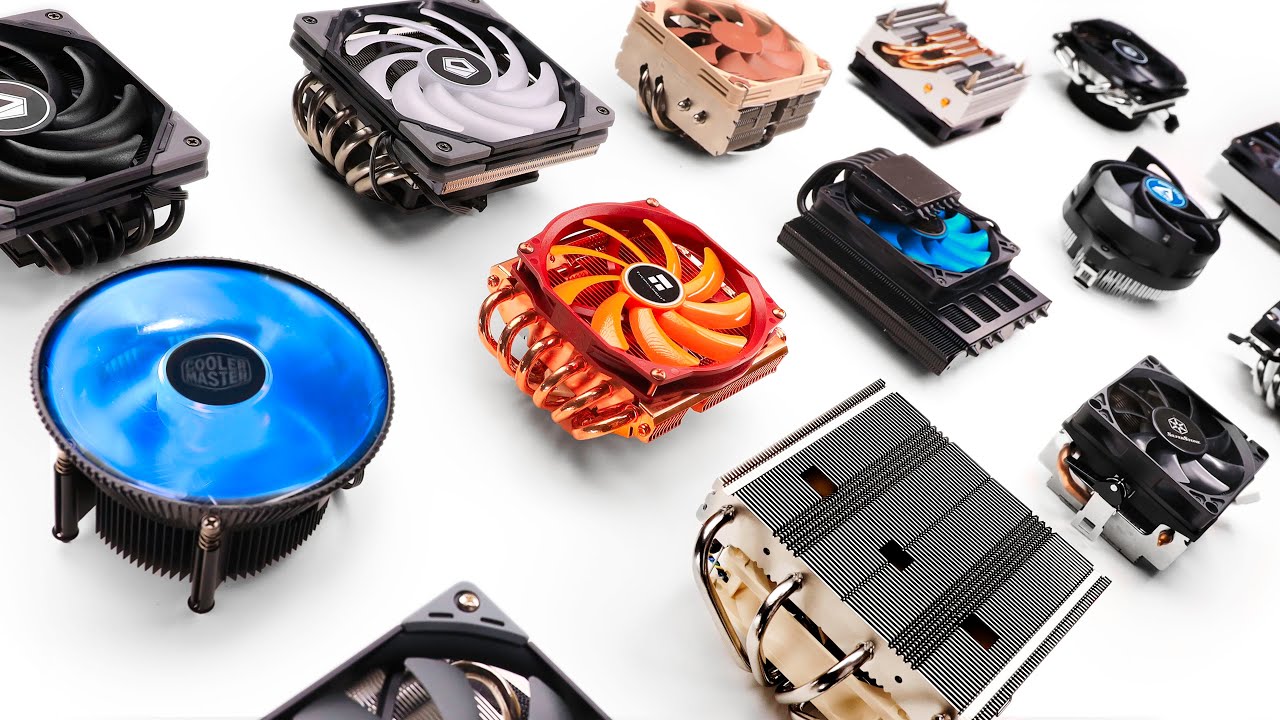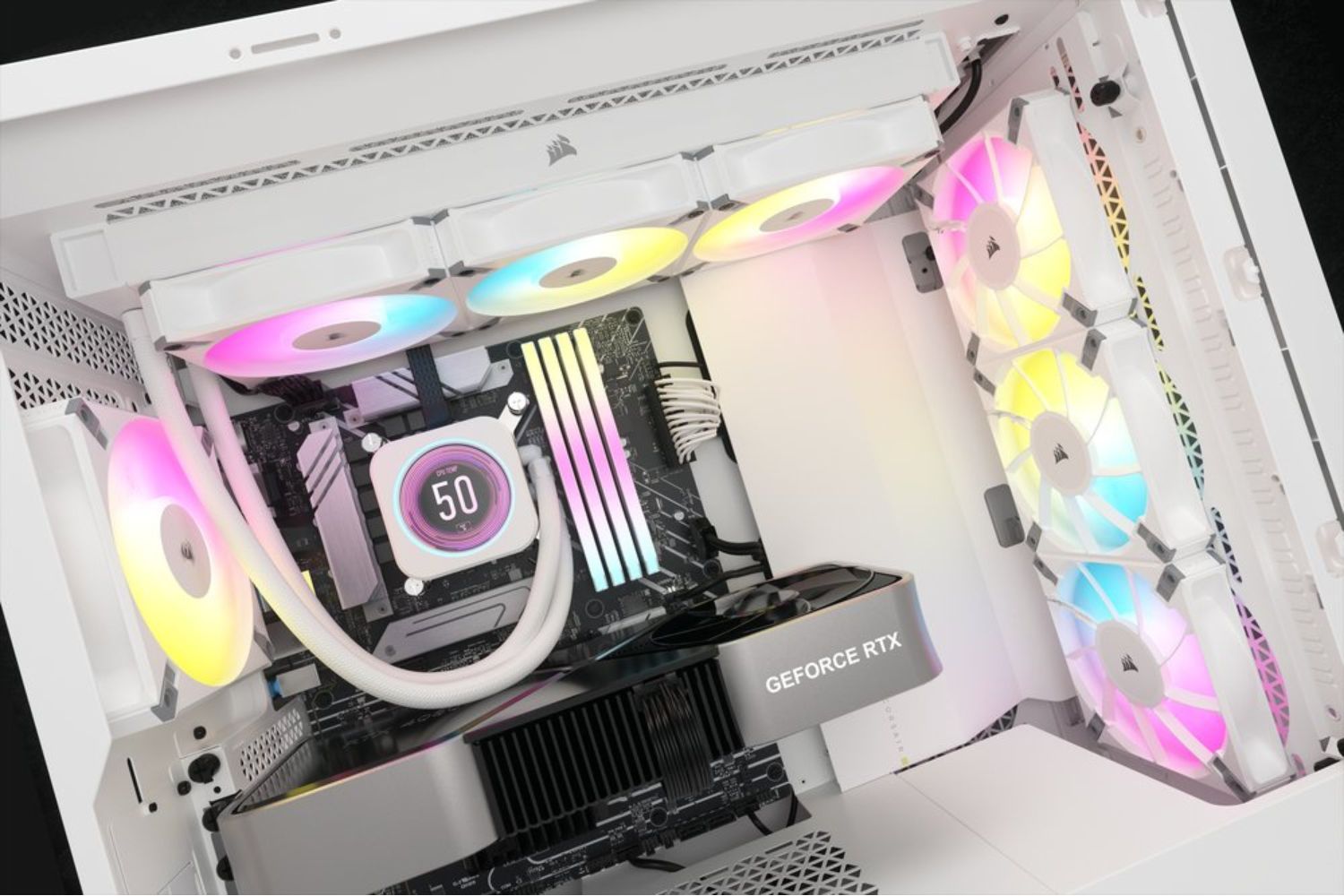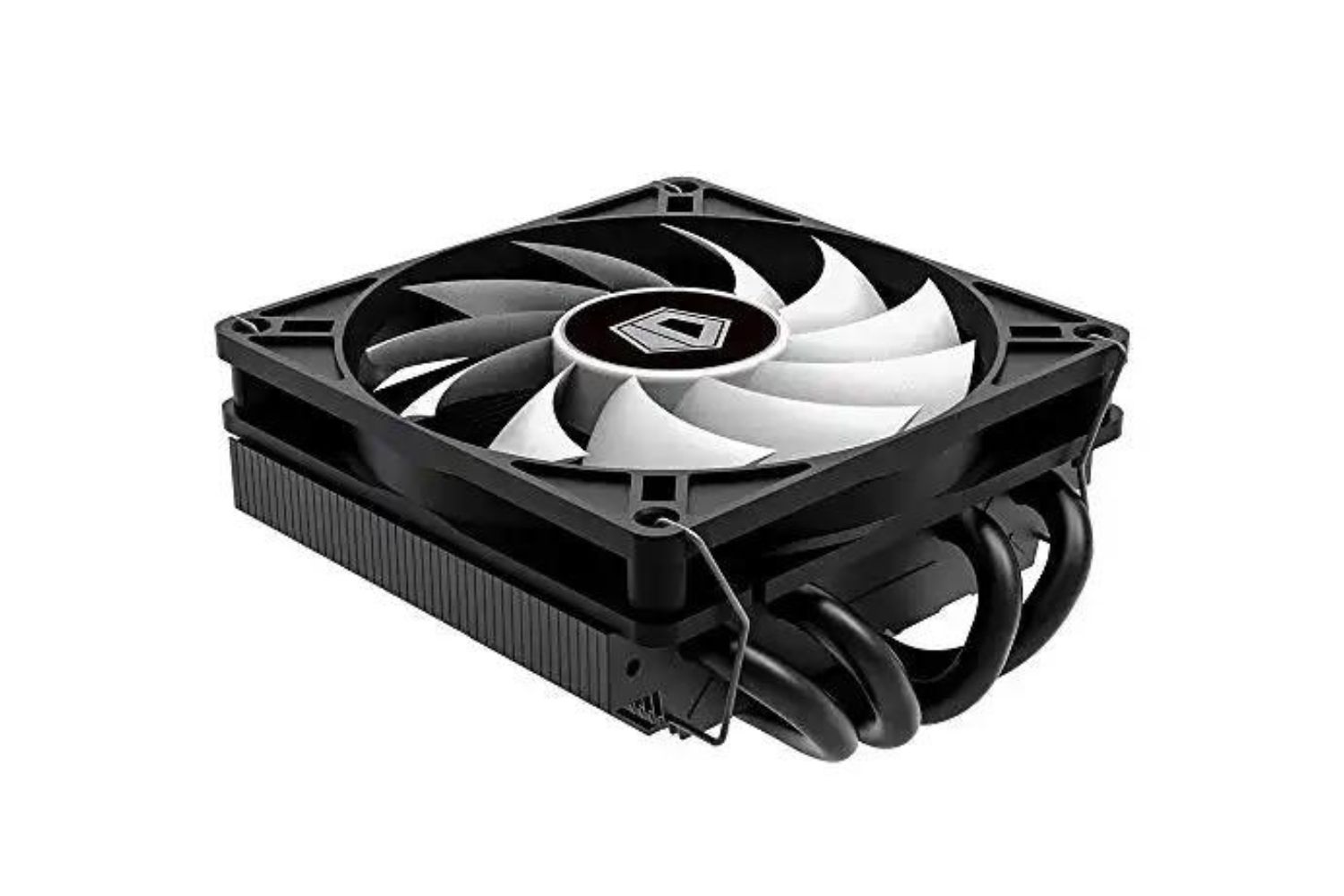Introduction
A CPU cooler pump plays a crucial role in maintaining the temperature of your computer’s processor. It circulates liquid coolant, which absorbs heat from the CPU, keeping it at safe operating temperatures. However, like any mechanical component, the pump can sometimes experience issues that may impact its functionality.
Identifying whether the CPU cooler pump is working or not is vital for preventing overheating, which can lead to system instability and damage. Being able to troubleshoot and address any problems with the pump can help ensure the overall performance and longevity of your computer.
This article will guide you through the signs of a working CPU cooler pump, signs of a non-functioning pump, methods to check the pump’s operation, and troubleshooting steps to resolve any issues that may arise.
By having a clear understanding of the status and functionality of your CPU cooler pump, you can take the necessary steps to maintain the optimal cooling of your processor and safeguard your computer’s performance.
Signs that the CPU Cooler Pump is Working
When the CPU cooler pump is functioning properly, there are several signs you can look out for to ensure that the cooling system is effectively keeping your processor’s temperature in check.
1. Consistent Temperature: A working CPU cooler pump will keep the temperature of your processor stable under normal operating conditions. You can use monitoring software to check that the temperature remains within acceptable limits and does not fluctuate significantly.
2. Efficient Cooling: If the CPU cooler pump is functioning correctly, you should notice efficient cooling performance. This means that even during intense tasks or heavy gaming sessions, the temperature of your CPU remains relatively low compared to its maximum operating temperature. Your computer should not experience sudden shutdowns due to overheating.
3. Audible Pump Noise: CPU cooler pumps typically produce a faint humming or buzzing sound when operational. This noise is from the pump motor and indicates that it is running smoothly. However, the noise should not be excessively loud or accompanied by any unusual sounds such as grinding or rattling.
4. Proper Liquid Flow: With a working pump, there should be a noticeable flow of liquid coolant within the CPU cooling system. You can check this by visually inspecting the transparent tubes or reservoir attached to the pump. The movement of the liquid indicates that the pump is effectively circulating the coolant to dissipate heat from the CPU.
Remember that these signs alone may not confirm the precise functionality of the CPU cooler pump. It is essential to consider them collectively and perform further checks and tests to ensure reliable cooling performance.
Signs that the CPU Cooler Pump is Not Working
When the CPU cooler pump is not functioning correctly, it can lead to inadequate cooling and potential damage to your computer’s processor. Here are some signs that indicate the pump may not be working:
1. High CPU Temperatures: If you notice that your CPU temperatures are consistently higher than usual, even under light loads, it could be a sign of a non-functioning pump. The lack of proper coolant circulation leads to the inability to dissipate heat effectively, resulting in elevated temperatures.
2. No Audible Pump Noise: A silent pump or the absence of any noise could indicate that the pump is not running. If you typically hear the faint humming or buzzing sound of the pump, its absence may imply a malfunction.
3. Lack of Liquid Flow: Upon visual inspection, if you observe no movement of liquid coolant in the tubes or reservoir connected to the pump, it indicates a lack of proper circulation. This stagnant coolant suggests that the pump is not moving the liquid as it should.
4. System Instability: A CPU cooler pump failure can result in system instability, including unexpected freezes, crashes, or even system shutdowns due to excessive heat. If your computer experiences any of these issues consistently, it could be due to inadequate cooling.
5. Overheating Warnings: Modern motherboards often have built-in temperature sensors that can trigger warnings or alerts when the CPU temperature exceeds a certain threshold. If you receive frequent overheating warnings, it suggests that the pump may not be functioning correctly.
It’s important to address these signs promptly to prevent potential damage to your CPU and other system components. If you suspect that your CPU cooler pump is not working, it’s recommended to perform further troubleshooting steps to confirm the issue and take appropriate action.
Checking the CPU Cooler Pump
When you suspect that the CPU cooler pump may not be functioning properly, it’s important to perform a series of checks to determine the cause of the issue. Here are the steps to check the CPU cooler pump:
1. Visual Inspection: Start by visually inspecting the pump and its components. Ensure that all connections are secure and no visible damage or leaks are present. Check the tubes, reservoir, and radiator for any signs of blockage or obstruction. Additionally, make sure the pump is receiving power from the motherboard or power supply.
2. Listen for Pump Noise: When you power on your computer, listen for the humming or buzzing sound that indicates the pump is running. If there is no audible noise or if you hear any unusual sounds like grinding or rattling, it may indicate a pump failure.
3. Check Liquid Flow: Observe the movement of liquid coolant within the tubes or reservoir connected to the pump. You can gently touch the tubes to check for vibrations, which indicate liquid flow. Lack of movement or stagnant coolant may indicate a pump malfunction.
4. Invest in Monitoring Software: Install monitoring software that provides real-time CPU temperature readings. Monitor the temperature while putting the system under load to check if the cooling performance is adequate. If the CPU temperature spikes rapidly or remains consistently high, it could indicate a problem with the pump.
5. Inspect BIOS Settings: Enter your computer’s BIOS settings and navigate to the hardware monitoring section. Look for any CPU temperature warnings or alerts that indicate excessive heat. If such warnings are present, it suggests a cooling issue that may be caused by the pump.
By going through these steps, you will be able to determine whether there is a problem with the CPU cooler pump or if other factors are causing inadequate cooling. If these checks reveal a malfunctioning pump, it may be necessary to perform further troubleshooting or consider replacing the pump to ensure the proper cooling of your CPU.
Troubleshooting the CPU Cooler Pump
When you encounter issues with your CPU cooler pump, it’s important to troubleshoot and identify the underlying problem. Here are some steps to troubleshoot the CPU cooler pump:
1. Check Power Connection: Ensure that the CPU cooler pump is receiving power from the motherboard or power supply. Verify that all power cables are securely connected and that there is no loose connection or damage.
2. Clean or Replace the Pump: Over time, the pump may accumulate dust or debris, hampering its performance. Clean the pump and its components carefully using compressed air or a soft brush. If cleaning doesn’t resolve the issue, consider replacing the pump with a new one.
3. Inspect the Liquid Cooling System: Check for any blockages or air bubbles within the liquid cooling system. Ensure that the tubes, radiator, and reservoir are free from any obstructions that may affect coolant circulation. Bleed the system if necessary to remove air pockets.
4. Verify BIOS Settings: Enter your computer’s BIOS and ensure that the CPU fan header is set to the correct speed control mode. Adjust the fan speed settings as necessary to optimize cooling performance. Additionally, check if there are any temperature warning settings that need adjustment.
5. Update or Reinstall Drivers: Outdated or malfunctioning pump drivers can cause issues with its operation. Update the pump drivers in the device manager or reinstall them to ensure compatibility and proper functionality.
6. Seek Professional Help: If you’ve tried the above steps and are still experiencing problems, it may be helpful to consult a professional technician or contact the manufacturer’s support for further assistance. They can provide guidance and potentially offer a solution specific to your CPU cooler pump model.
Remember, troubleshooting steps may vary depending on the specific CPU cooler pump model and system configuration. It’s essential to refer to the manufacturer’s documentation or seek expert advice if needed to ensure accurate troubleshooting.
Conclusion
Being able to determine whether your CPU cooler pump is working or not is crucial for maintaining optimal cooling performance and safeguarding your computer’s processor. By paying attention to the signs of a working or non-functioning pump, you can promptly address any issues that may arise.
In this article, we discussed the signs that indicate a working pump, such as consistent temperatures, efficient cooling, audible pump noise, and proper liquid flow. Conversely, signs of a non-working pump include high CPU temperatures, no pump noise, lack of liquid flow, system instability, and overheating warnings.
To check the CPU cooler pump, it’s important to visually inspect the components, listen for pump noise, check for liquid flow, monitor CPU temperatures, and inspect BIOS settings. By following these steps, you can determine whether a malfunctioning pump is causing inadequate cooling.
If troubleshooting is necessary, you can perform checks on power connections, clean or replace the pump, inspect the liquid cooling system, verify BIOS settings, update or reinstall drivers, or seek professional help if needed.
Remember to always refer to your specific CPU cooler pump model’s documentation and seek expert assistance or contact the manufacturer’s support if you encounter difficulties during troubleshooting.
As you maintain the functionality of your CPU cooler pump, you can ensure the optimal cooling of your processor and mitigate the risk of overheating, potentially extending the lifespan of your computer and enhancing its overall performance.







